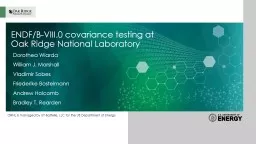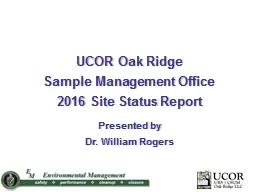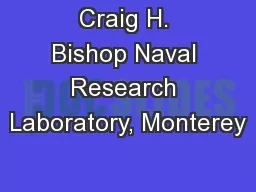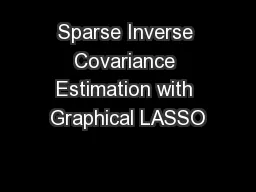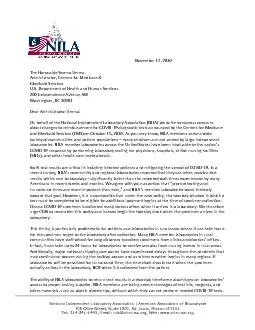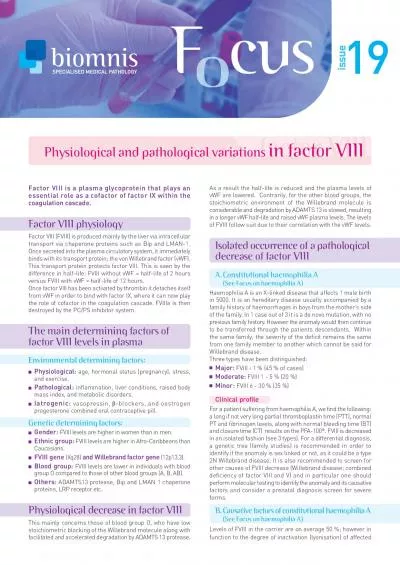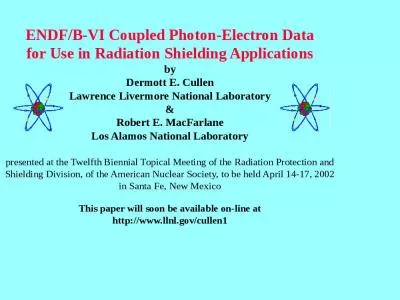PPT-ENDF/B-VIII.0 covariance testing at Oak Ridge National Laboratory
Author : cozync | Published Date : 2020-08-07
Dorothea Wiarda William J Marshall Vladimir Sobes Friederike Bostelmann Andrew Holcomb Bradley T Rearden Outline Covariance library creation Differences between
Presentation Embed Code
Download Presentation
Download Presentation The PPT/PDF document "ENDF/B-VIII.0 covariance testing at Oak ..." is the property of its rightful owner. Permission is granted to download and print the materials on this website for personal, non-commercial use only, and to display it on your personal computer provided you do not modify the materials and that you retain all copyright notices contained in the materials. By downloading content from our website, you accept the terms of this agreement.
ENDF/B-VIII.0 covariance testing at Oak Ridge National Laboratory: Transcript
Download Rules Of Document
"ENDF/B-VIII.0 covariance testing at Oak Ridge National Laboratory"The content belongs to its owner. You may download and print it for personal use, without modification, and keep all copyright notices. By downloading, you agree to these terms.
Related Documents

